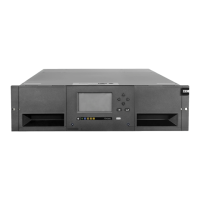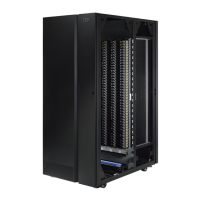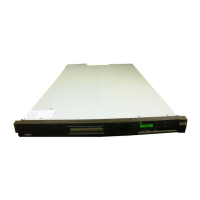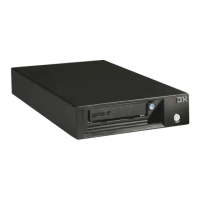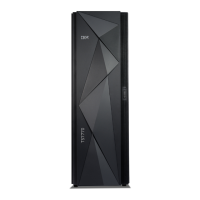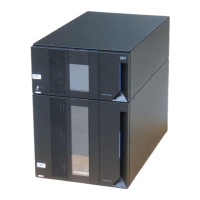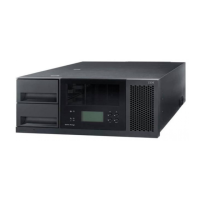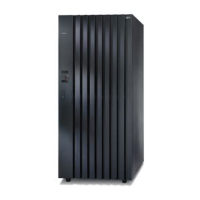E
eject To remove or force out from within.
electronic mail
Correspondence in the form of messages
that are transmitted between user
terminals over a computer network.
element address
The SCSI term for the host's view of a
cartridge location.
e-mail See electronic mail.
enable
To make functional.
encrypt
In Cryptographic Support, to
systematically scramble information so
that it cannot be read without knowing
the coding key. See also decrypt.
encryption
The conversion of data into a cipher. A
key is required to encrypt and decrypt the
data. Encryption provides protection from
persons or software that attempt to access
the data without the key.
encryption key manager
A software program that assists
IBM-encrypting tape drives in generating,
protecting, storing, and maintaining
encryption keys, which encrypt
information that is written to and decrypt
information that is read from tape media.
enhanced node cards
Node cards with increased synchronous
dynamic and nonvolatile random-access
memory (RAM).
error-recovery procedures (ERP)
Procedures that are designed to help
isolate and, where possible, to recover
from errors in equipment. The procedures
are often used with programs that record
the statistics of machine malfunctions.
Ethernet
A 10-Mbps base band local area network
that allows multiple stations to access the
transmission medium at will without
prior coordination, avoids contention by
using carrier sense and deference, and
resolves contention by using collision
detection and delayed retransmission.
Expanded I/O Station
On the front door of the TS3500 tape
library, the lower compartment into which
you insert and remove cartridges into and
from the library. Both stations are
accessed by the cartridge accessor.
expansion frame
A unit that can be added to the base
frame of the TS4500 tape library. The
expansion frame includes a rail assembly
for the cartridge accessor and up to 16
tape drives or HD storage slots.
F
FCA See frame control assembly.
FCB Frame control box. See frame control
assembly.
Fibre Channel
A high-speed, full-duplex, serial
communications technology capable of
interconnecting LTO tape drives and 3592
tape drives to servers that are separated
by as much as 11 kilometers (7 miles).
Fibre Channel technology combines
features of the input/output (I/O) and
networking interfaces.
Fibre Channel address
For a tape drive that uses a Fibre Channel
interface, an identifier (such as an AL_PA
or Loop ID) that enables other device
ports to communicate with that drive.
Fibre Channel cable
The cable that connects a Fibre Channel
tape drive to another device. The
conductive element within the cable is
constructed of either copper wires or
optical fibers. Generally, copper wires are
used for short distances (up to 30 meters
or 98 feet); optical fibers are used for
longer distances. Fiber-optic cabling is
referred to by mode or the frequencies of
light waves that are carried by a
particular cable type. Multi-mode fiber
cables are used for distances up to 500
meters (1640 feet) and with short-wave
(780 nanometer) laser light. Single-mode
fiber cables are used for distances greater
than 500 m (1640 feet) and with
long-wave (1300 nanometer) laser light.
fiber optics
A branch of optics that deal with the
transmission of light through fibers or
174 IBM TS4500: Introduction and Planning Guide
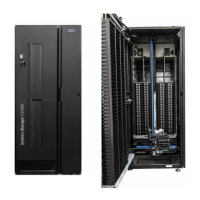
